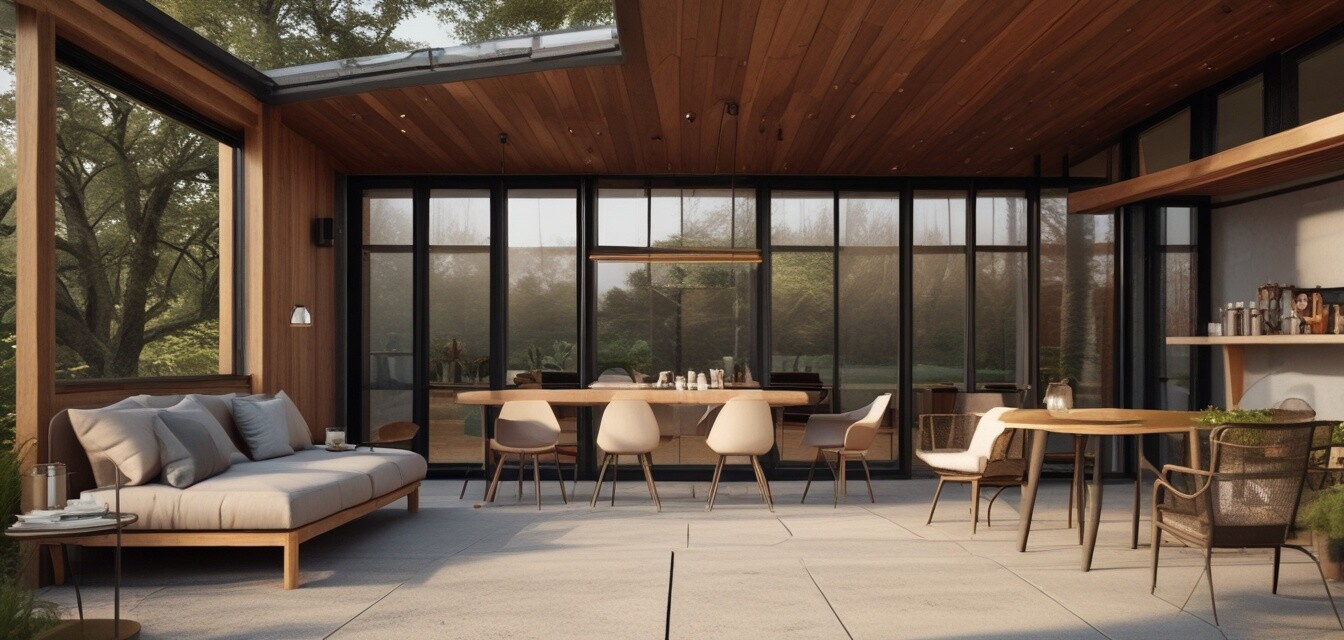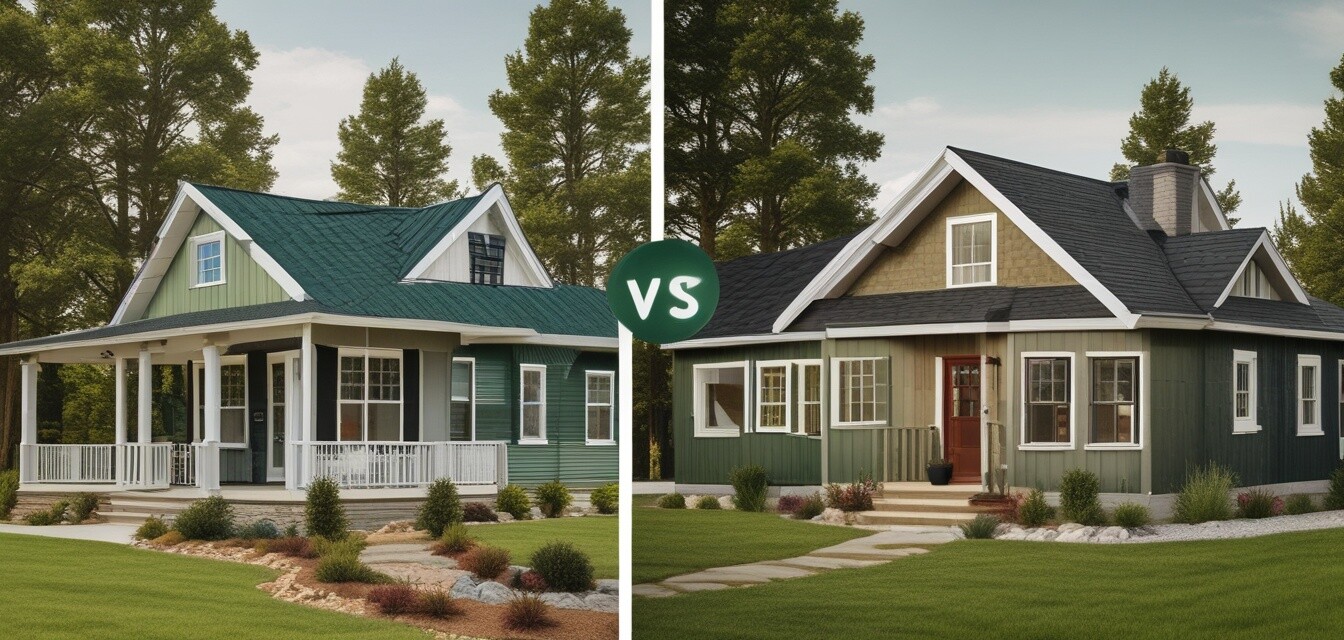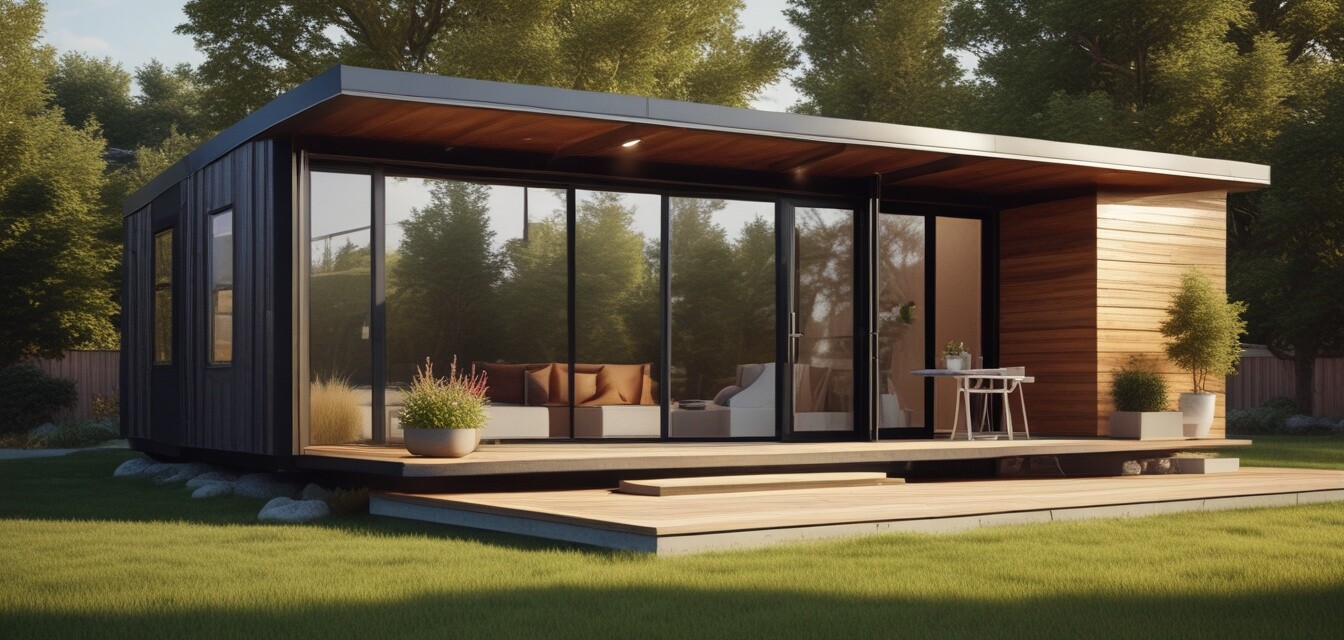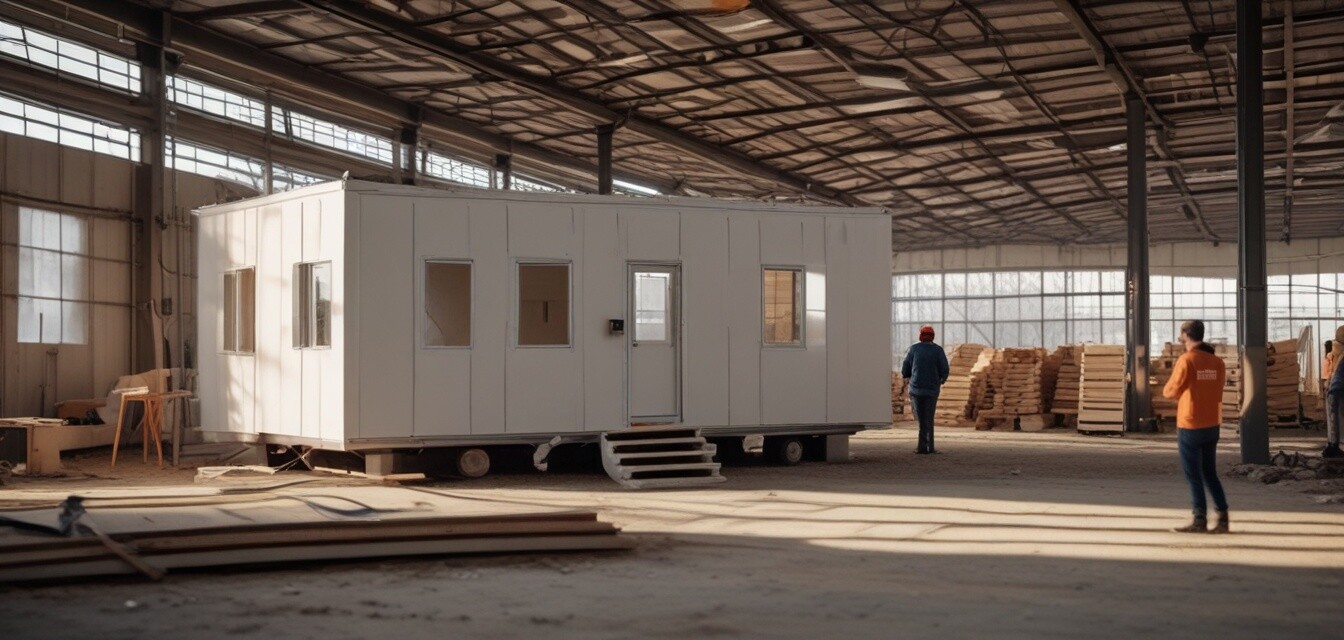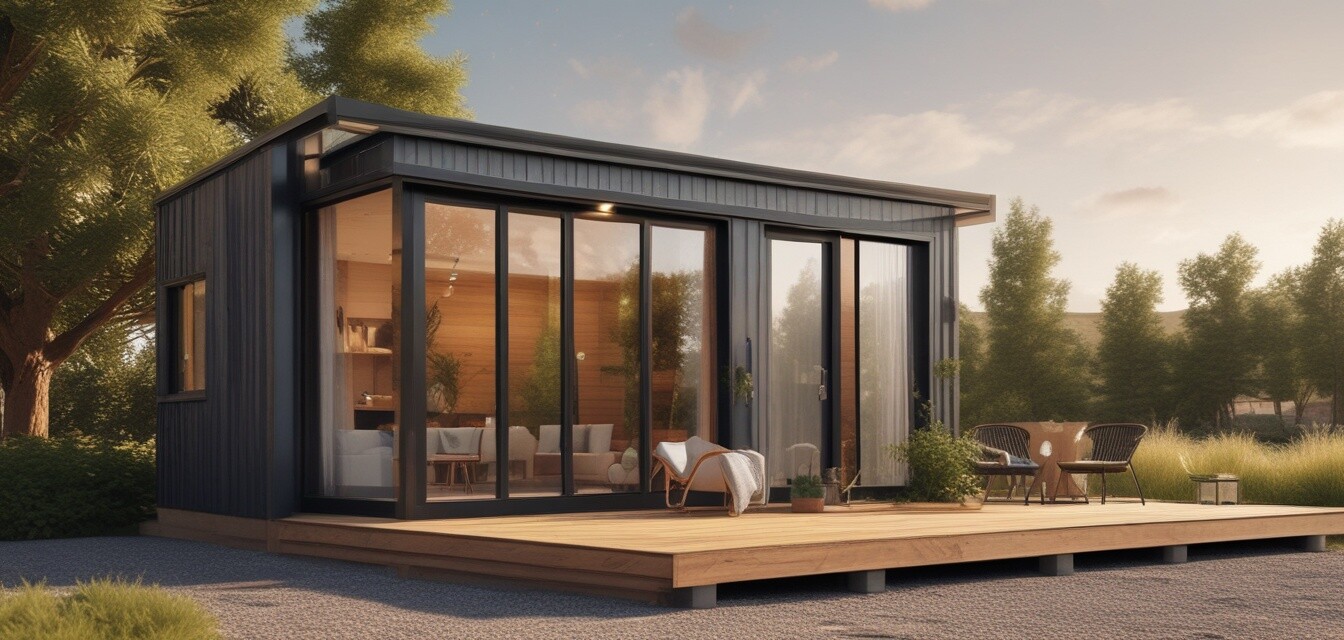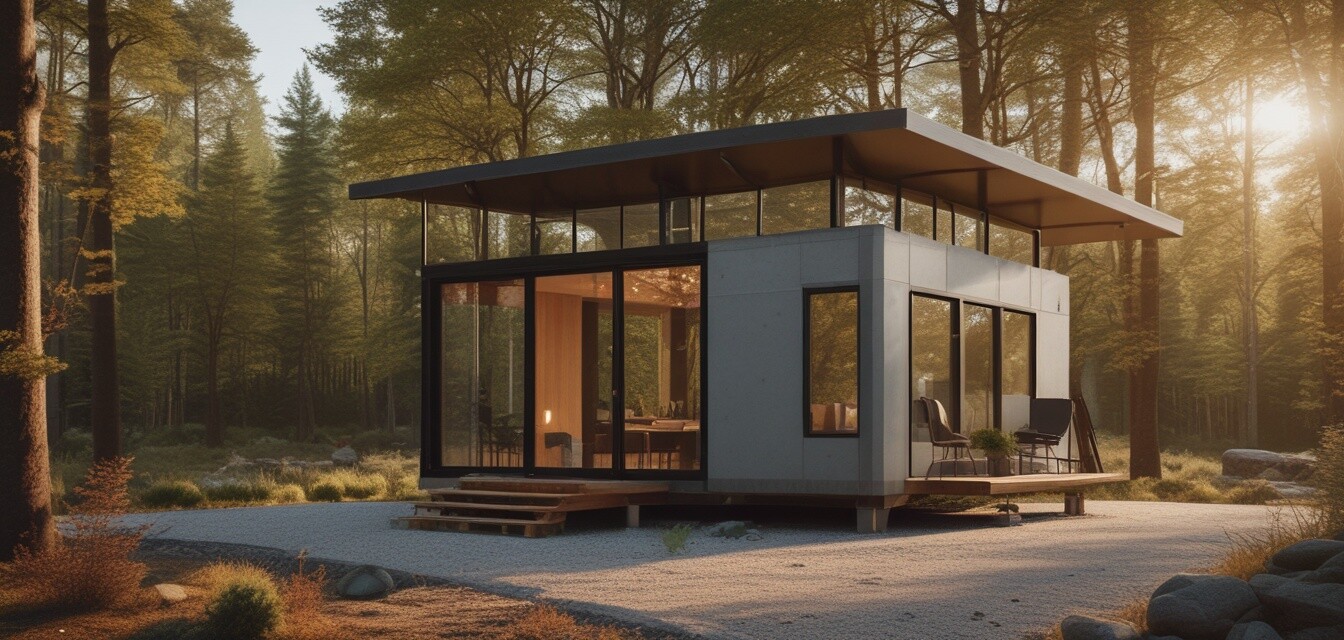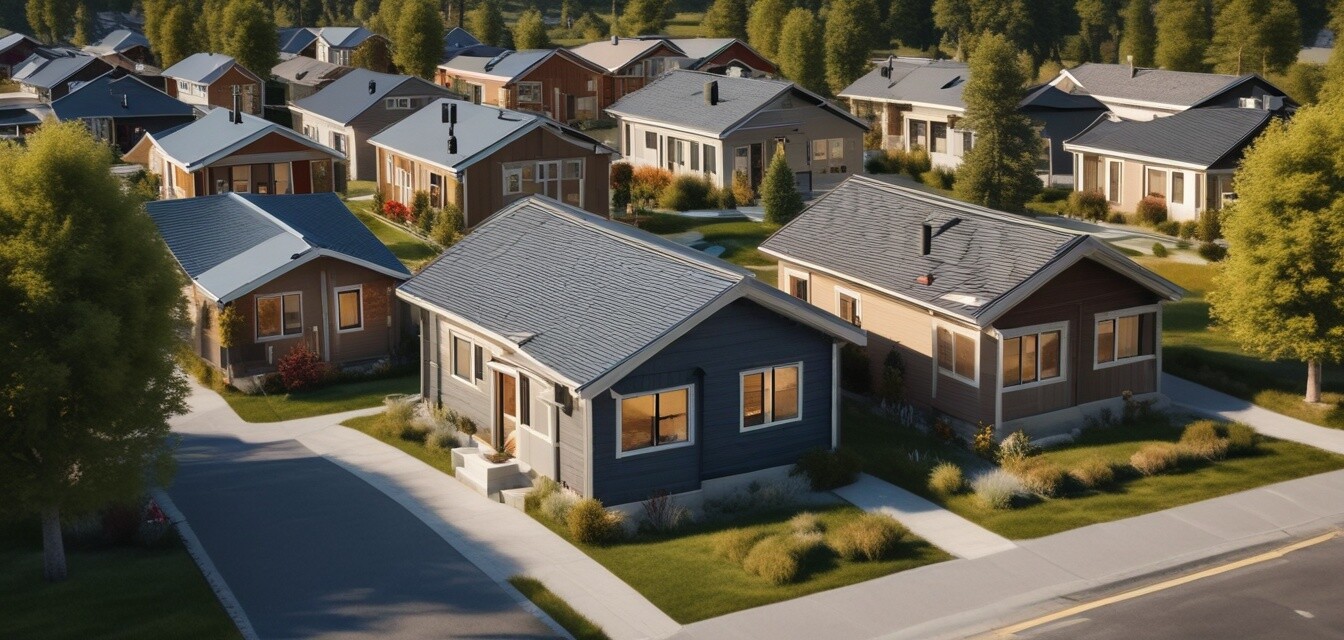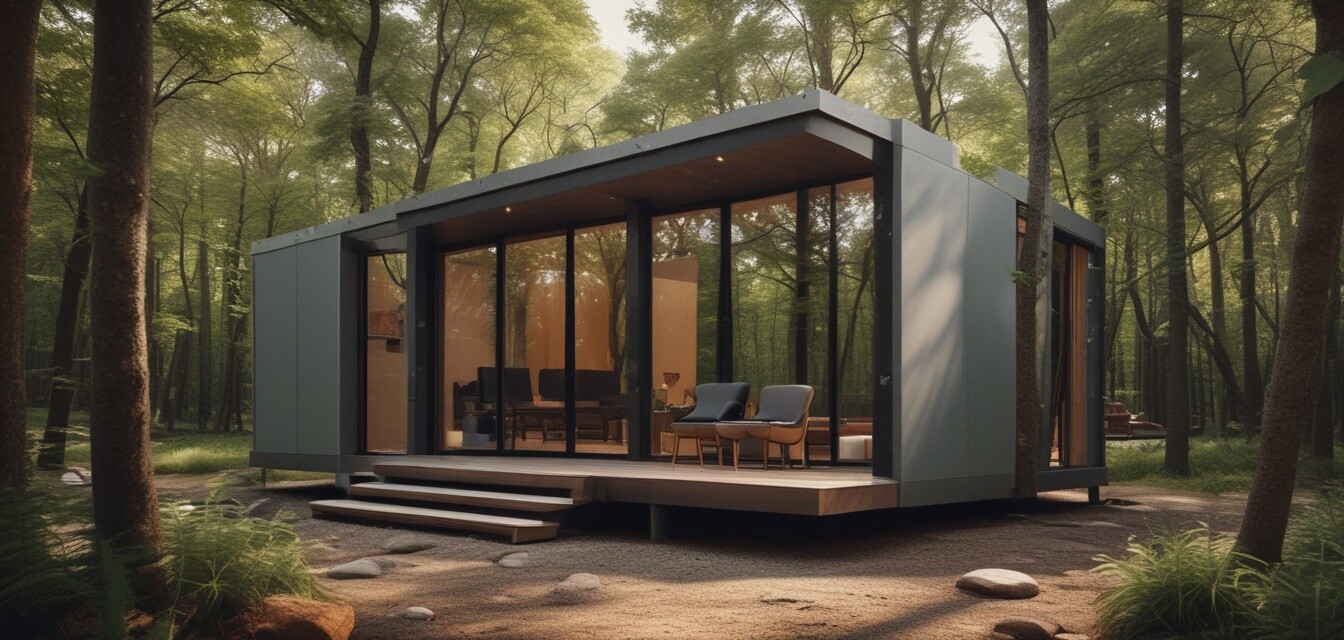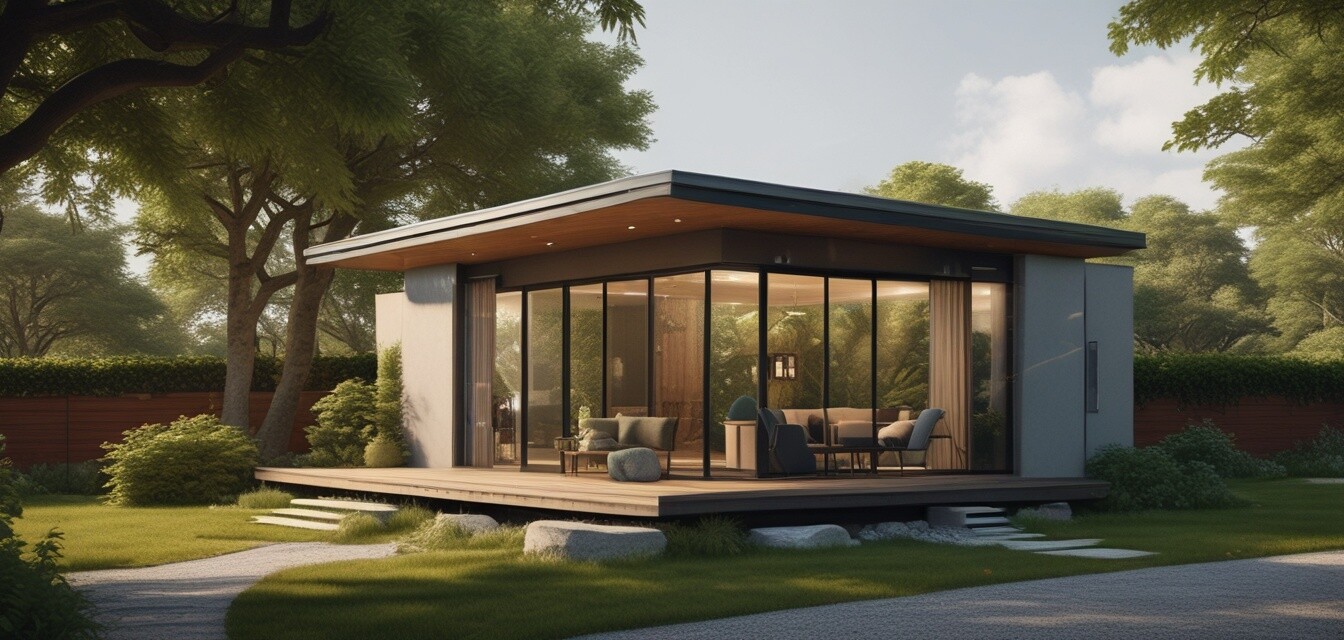
Disclosure: This content was generated with the assistance of AI and is not based on personal experience. It includes affiliate links, which means we may earn a commission if you make a purchase through them—at no additional cost to you. As an Amazon Associate, we earn from qualifying purchases. All product recommendations and endorsements are AI-generated and do not reflect personal opinions or hands-on evaluations.
Sustainable Living in Prefab Homes
Sustainable living is a growing concern for many of us, and prefab homes are becoming an increasingly popular option for those looking to reduce their environmental footprint. But what makes prefab homes so sustainable, and how can they contribute to a more eco-friendly lifestyle?
Key Takeaways
- Prefab homes are made from sustainable materials, reducing waste and energy consumption.
- They are designed to be energy-efficient, with features like solar panels and insulation.
- Prefab homes promote minimalism and simplicity, reducing the need for excessive consumption.
What Makes Prefab Homes Sustainable?
Prefab homes are designed to be sustainable from the ground up. Here are some of the key features that make them an environmentally friendly option:
| Feature | Benefits |
|---|---|
| Sustainable Materials | Reduced waste, energy consumption, and environmental impact |
| Energy-Efficient Design | Reduced energy consumption, lower utility bills, and a smaller carbon footprint |
| Minimalist Design | Promotes simplicity, reduces consumption, and encourages a more mindful lifestyle |
The Benefits of Sustainable Living in Prefab Homes
Living in a prefab home can have a significant impact on the environment, and on your lifestyle. Here are some of the benefits of sustainable living in prefab homes:
- Reduced Energy Consumption: Prefab homes are designed to be energy-efficient, reducing your reliance on non-renewable energy sources.
- Less Waste: Prefab homes are made from sustainable materials, reducing waste and minimizing their environmental impact.
- Compact Living: Prefab homes promote minimalist living, reducing the need for excessive consumption and encouraging a more mindful lifestyle.
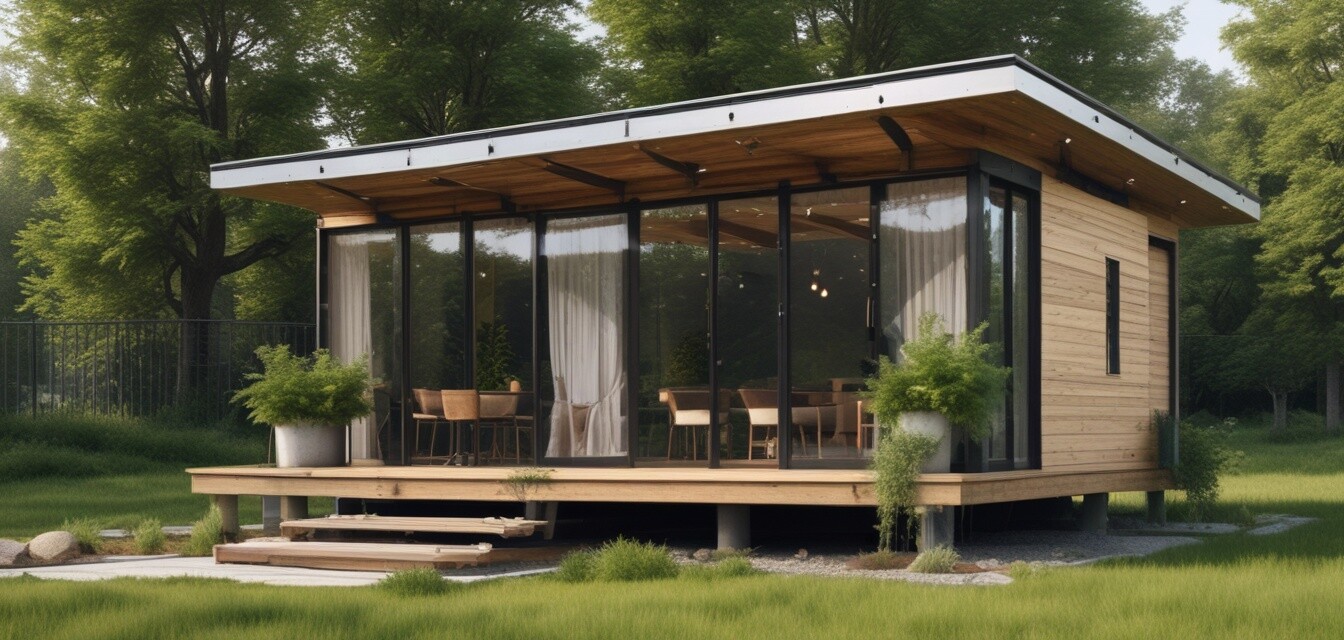
Designing for Sustainability
Prefab homes are designed with sustainability in mind, from the materials used to the energy-efficient features. Here are some of the design elements that make prefab homes sustainable:
- Smart Home Technology: Prefab homes can be equipped with smart home devices that help you monitor and reduce your energy consumption.
- Insulation and Glazing: Prefab homes are designed to be well-insulated, reducing heat loss and energy consumption.
- Sustainable Materials: Prefab homes are made from sustainable materials, reducing waste and minimizing their environmental impact.
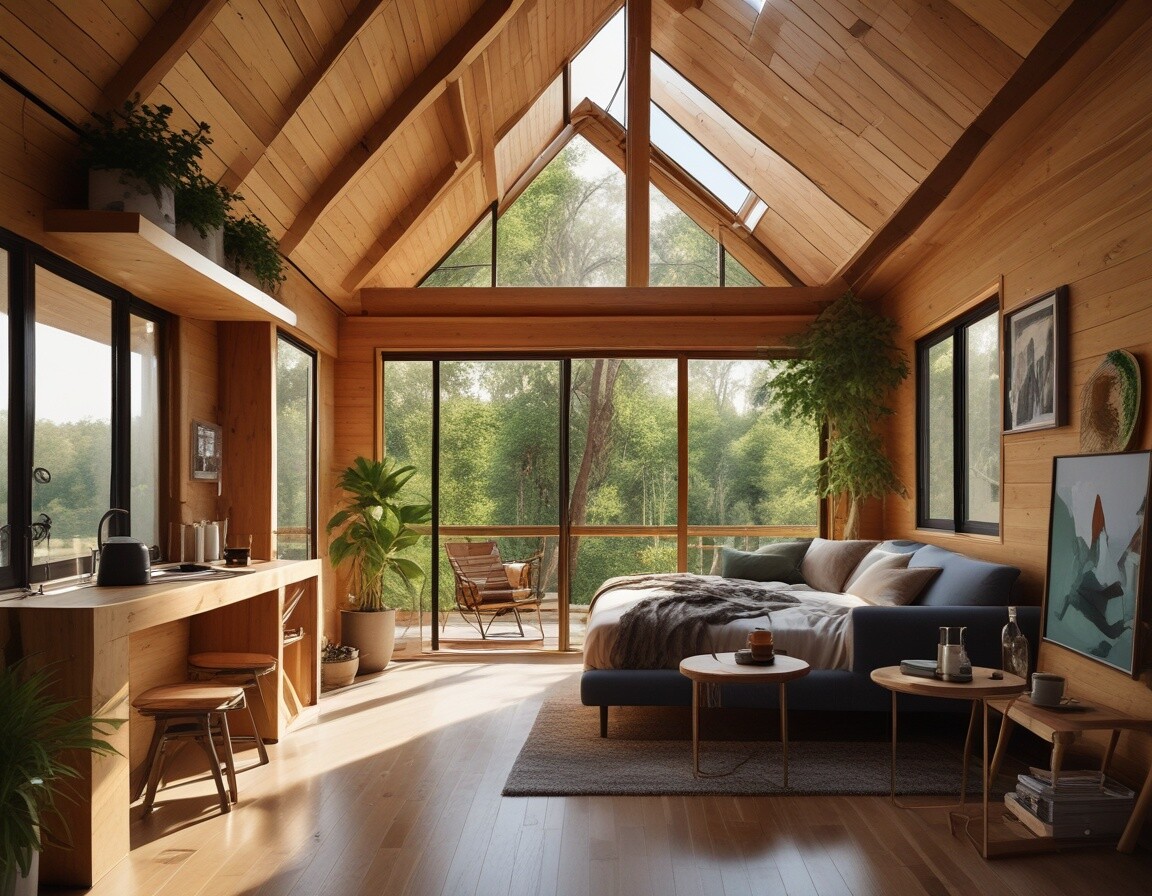
Conclusion
Prefab homes are a great option for those looking to reduce their environmental footprint and live a more sustainable lifestyle. With their energy-efficient design, sustainable materials, and minimalist aesthetic, prefab homes offer a unique opportunity to live more mindfully and reduce your impact on the environment.
Pros
- Energy-efficient design reduces energy consumption and utility bills
- Sustainable materials reduce waste and environmental impact
- Minimalist design promotes simplicity and reduces consumption
Cons
- Higher upfront cost compared to traditional homes
- Limited design options compared to traditional homes
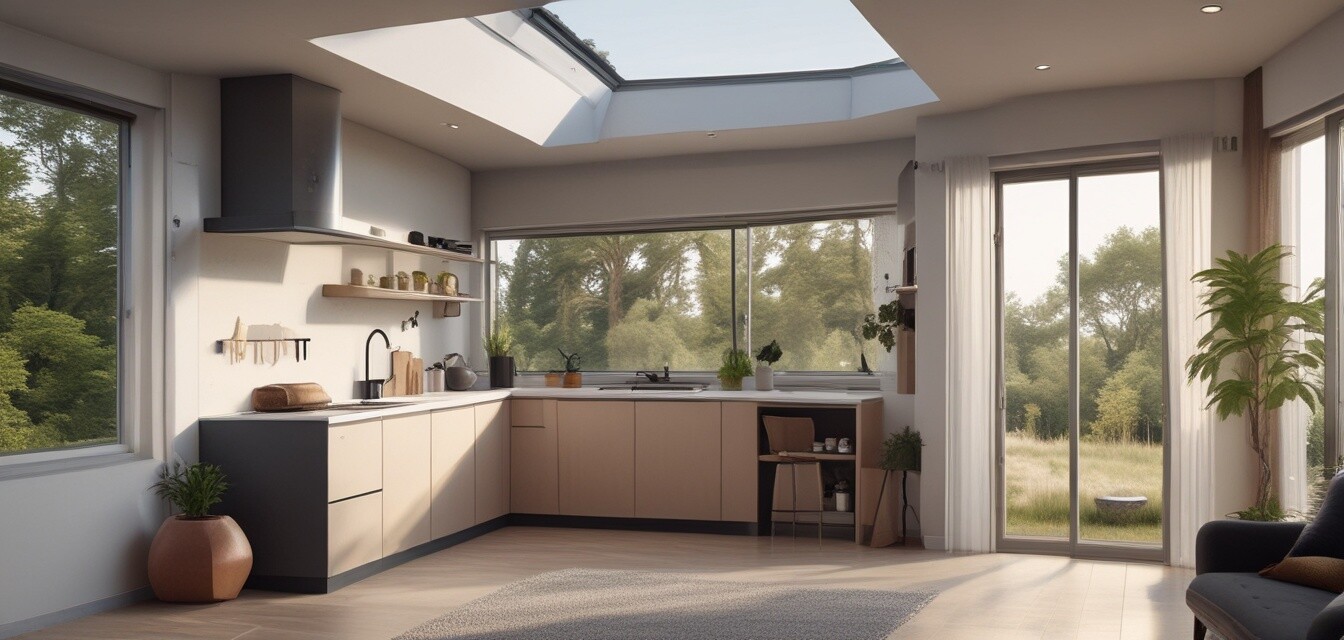
Beginners Guide to Sustainable Living in Prefab Homes
- Start small: Begin with small changes, like reducing energy consumption or using sustainable materials.
- Research and educate yourself: Learn about sustainable living and the benefits of prefab homes.
- Consult with experts: Talk to architects, builders, and designers who specialize in prefab homes.

